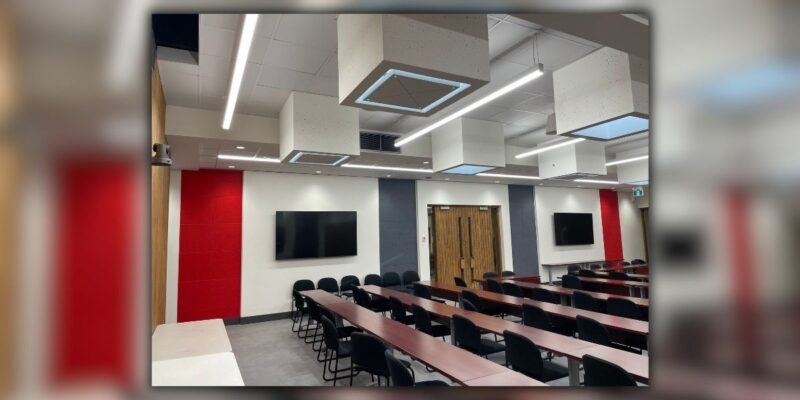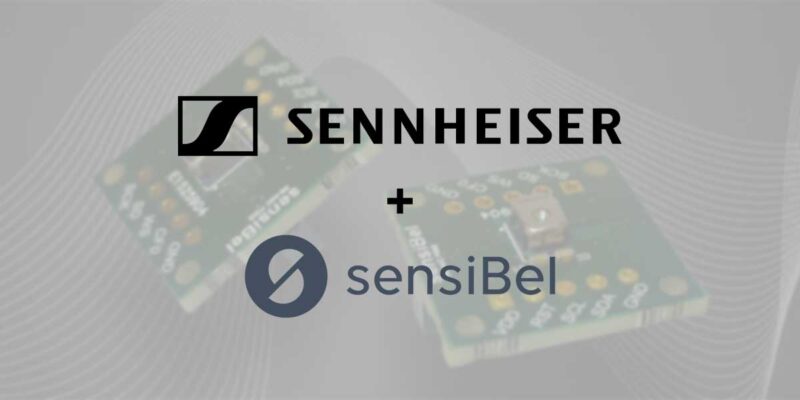Sennheiser to Launch “Link Density Mode” for Its Digital 6000 Wireless Microphone Series

In the face of an ever-shrinking UHF spectrum available for the program-making and special events (PMSE) sector, Sennheiser is launching a “link density mode” for its Digital 6000 wireless microphone series. “Virtually everywhere the world over, production companies, theaters and touring artists and their engineers have lost more UHF spectrum than can be compensated for,” explained Tom Vollmers, manager for the professional portfolio at Sennheiser. “With the Link Density Mode for Digital 6000, we are providing greater leeway to PMSE professionals while continuing our joint efforts to secure the frequency spectrum that is so urgently needed for productions.”
The new link density (LD) mode significantly increases the number of links that can be operated in congested RF environments. While the standard long-range mode of Digital 6000 operates with a 400 kHz channel spacing to ensure best audio and RF performance, the LD Mode uses half of the spacing, i.e., 200 kHz. This means that up to 40 links can be accommodated in an 8-MHz TV channel in Europe and up to 30 links in the smaller 6-MHz TV channel in the U.S.
The new link density mode for Digital 6000 will help users to circumvent the most pressing spectrum issues they face in their daily work: They are now able to increase the number of channels within a given frequency window by accepting slight trade-offs in the audio frequency response and RF range
Behind the LD mode is the new Sennheiser Performance Audio Codec (SePAC), which has been designed by Sennheiser’s developers to strike a new balance between channel count on one hand and RF and audio performance on the other.





